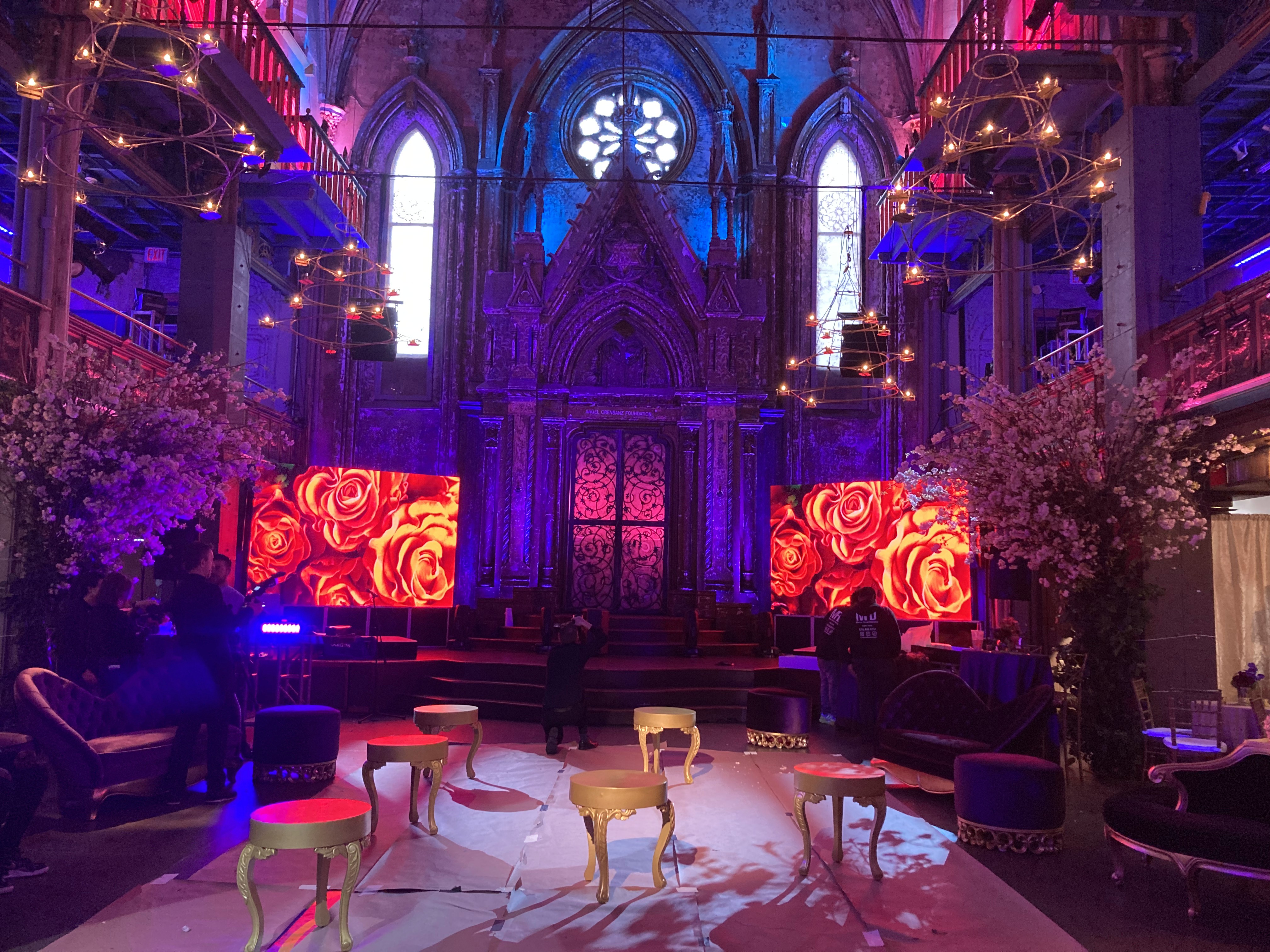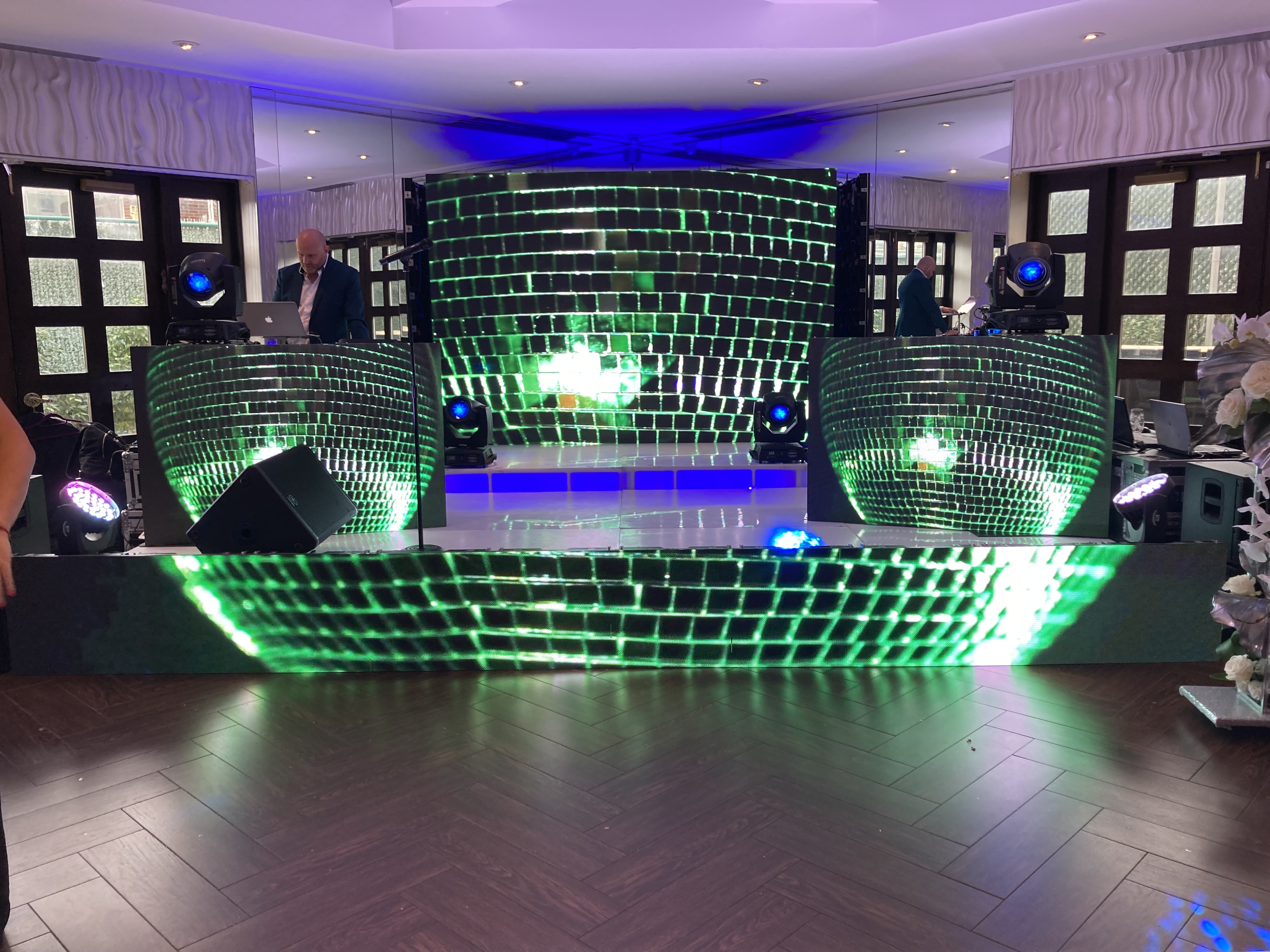Frequently Asked Questions
Color calibration plays a crucial role in enhancing the uniformity of brightness across an LED wall display by ensuring that each individual pixel emits light within specified luminance parameters, thereby preventing discrepancies in intensity that can lead to visible hotspots or dim areas. By employing advanced color management techniques such as gamma correction, white point adjustment, and chromatic adaptation, technicians optimize the spectral characteristics of red, green, and blue LEDs to achieve consistent color reproduction at various viewing angles. This meticulous process involves using sophisticated tools like photometers and spectroradiometers to measure not only peak brightness levels but also average luminance across the entire screen surface. Properly calibrated LED displays exhibit improved grayscale performance and reduced banding artifacts while maintaining fidelity during dynamic content playback. Ultimately, effective color calibration minimizes perceptible variations in brightness distribution among adjacent pixels—contributing significantly to overall visual coherence and viewer immersion on large-scale installations or high-resolution video walls used for entertainment or professional presentations.
Accurate color reproduction in large-format LED displays is achieved through a combination of advanced calibration techniques, precise color management systems, and sophisticated pixel mapping algorithms. High dynamic range (HDR) processing plays a critical role by enhancing the luminance levels, allowing for deeper blacks and brighter whites that contribute to an expanded color gamut. The use of 3D LUTs (Look-Up Tables) enables fine-tuning of colors across various display formats while minimizing artifacts such as banding or clipping. Furthermore, employing spectrophotometers for real-time spectral analysis ensures consistent chromaticity adjustments throughout the lifespan of the display. Techniques like gamma correction optimize brightness perception for viewers at different angles and distances, thus maintaining uniformity in visual output. Additionally, utilizing wide-gamut LEDs combined with digital signal processors (DSPs) allows for superior interpolation between primary colors, resulting in rich saturation and vivid imagery essential for professional applications such as advertising or cinematic presentations.
Color calibration on an LED wall display should ideally be performed every three to six months to maintain optimal performance, ensuring consistent color accuracy and luminance uniformity. This regular calibration period allows for adjustments in gamma settings, white balance, and color temperature that counteract any drift due to aging of the LEDs or environmental influences such as ambient light changes. Additionally, maintaining a meticulous routine for recalibrating brightness levels and contrast ratios enhances image fidelity while preserving the integrity of HDR content. It is also prudent to conduct more frequent calibrations following significant alterations in usage patterns or after major events like installation adjustments or equipment servicing, as these may impact overall visual quality and viewer experience significantly.
Ambient lighting conditions significantly influence the effectiveness of color calibration for LED walls by affecting perceived brightness, contrast, and hue accuracy. In environments with high ambient light levels, such as those illuminated by natural sunlight or strong artificial sources, reflections and glare can distort the viewer's perception of color fidelity and saturation on an LED display. Conversely, in low-light situations, colors may appear more vibrant but could lead to over-saturation during calibration processes if not accounted for properly. Optimal calibration requires consideration of factors like illuminance levels measured in lux or foot-candles and surrounding color temperatures that might impact how primary RGB values are rendered visually. Furthermore, variations in ambient chromaticity can skew white balance adjustments necessary for achieving true-to-life representations across diverse content types—be it digital signage or video presentations—which underscores the importance of environmental control during initial setup phases for accurate spectral response alignment.
Software-based solutions can effectively replace hardware methods for calibrating colors on high-end LED displays by utilizing advanced algorithms that leverage color science, gamma correction, and precision profiling. These digital calibration tools often incorporate sophisticated techniques such as 3D LUT (Look-Up Table) generation and chromatic adaptation to ensure accurate color representation across various viewing conditions. By employing software-driven approaches like spectral analysis and ambient light compensation, users can achieve a level of accuracy comparable to traditional hardware calibration devices while benefitting from enhanced flexibility and cost-efficiency. Furthermore, the integration of machine learning in these applications enables continuous optimization of display parameters based on real-time feedback, making them increasingly reliable for professional environments where color fidelity is paramount. Overall, the capability of modern software solutions to address complex calibration challenges positions them as viable alternatives to conventional hardware systems in maintaining image integrity on high-performance LED screens.

